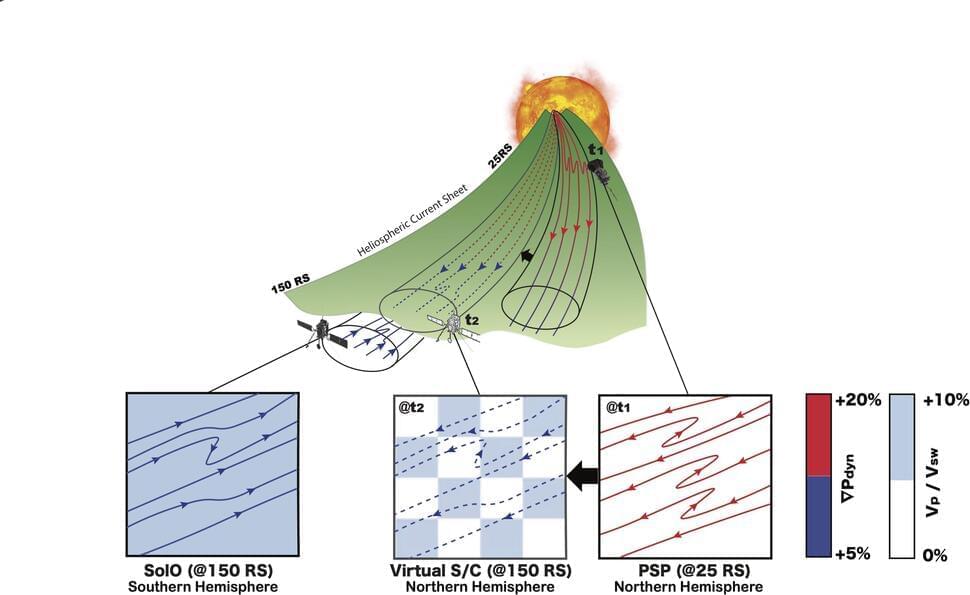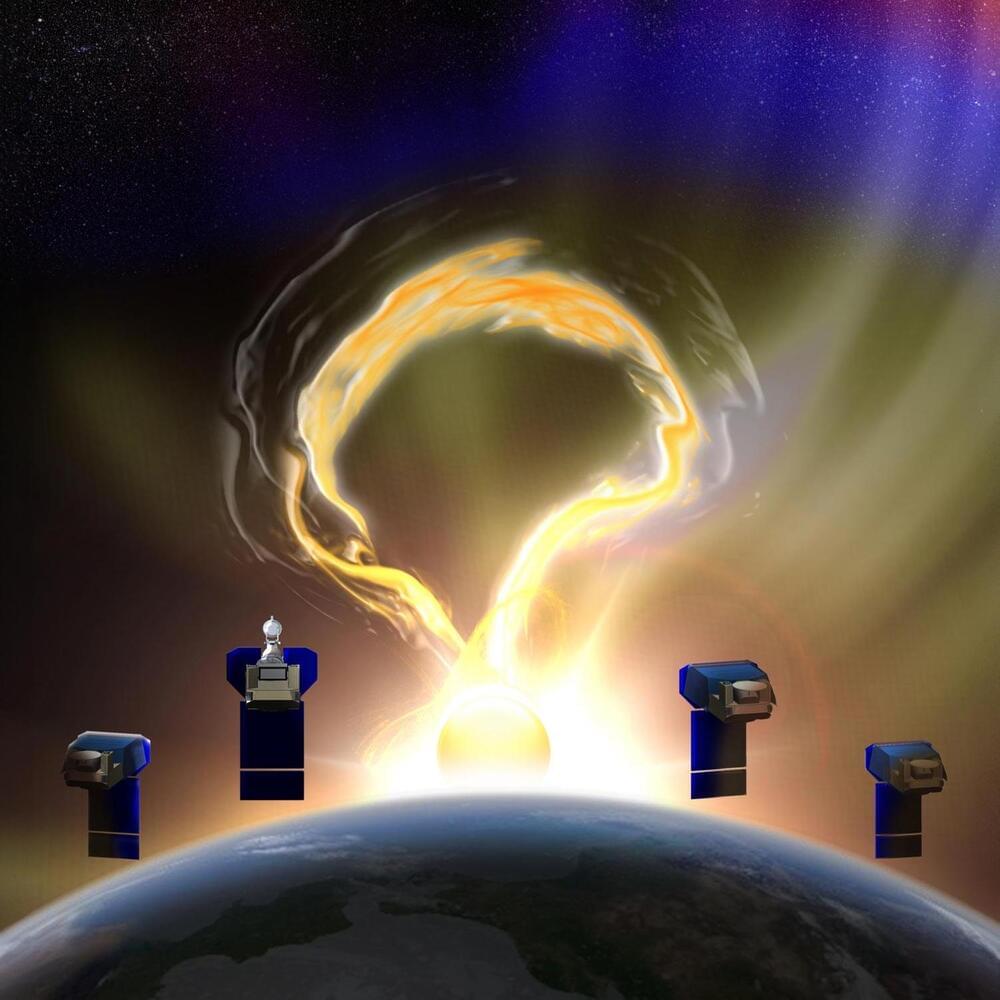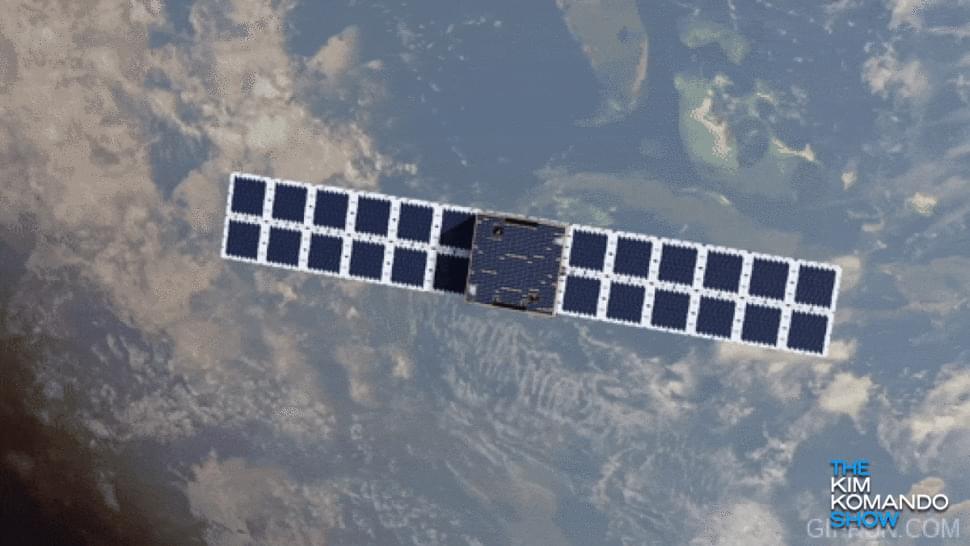After revolutionizing global internet access, Elon Musk’s Starlink is poised to take smartphone connectivity to the next level. The ambitious satellite service will soon enable users to make calls from virtually anywhere on the planet, all without the need for specialized hardware.
Starlink, a division of SpaceX, has announced its plans to introduce Direct-to-Cell, a groundbreaking feature that uses its vast satellite network to allow voice calls on regular smartphones. What sets this apart is its simplicity—there’s no need for modifications to your device. As long as your phone is LTE-compatible, you’re ready to connect.
This innovation could fundamentally change how we think about mobile communication. Imagine being able to make calls from the remotest corners of the Earth—whether you’re deep in a rainforest, sailing in the middle of the ocean, or trekking across deserts—with no cell towers in sight. Starlink’s satellite system makes this scenario entirely possible.







